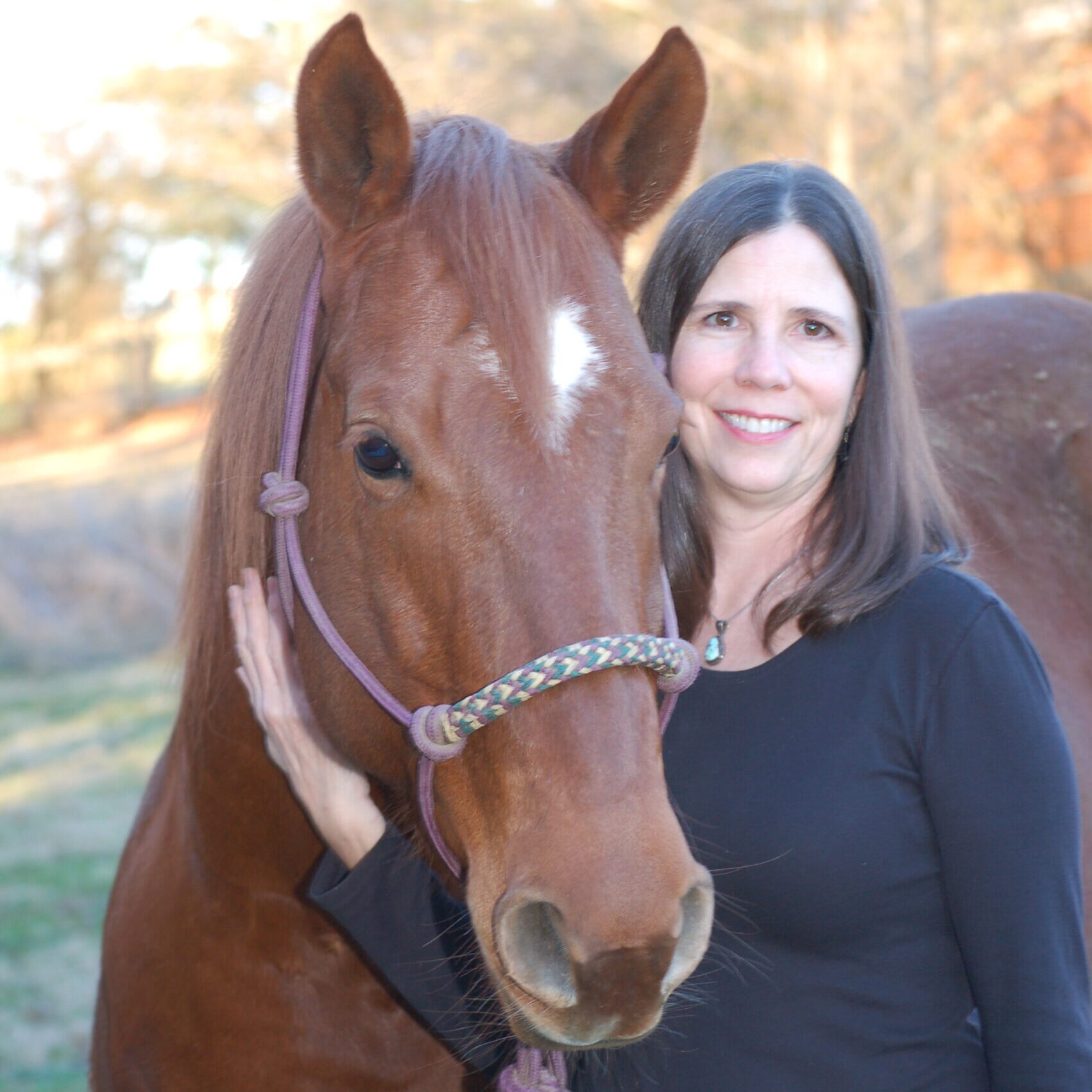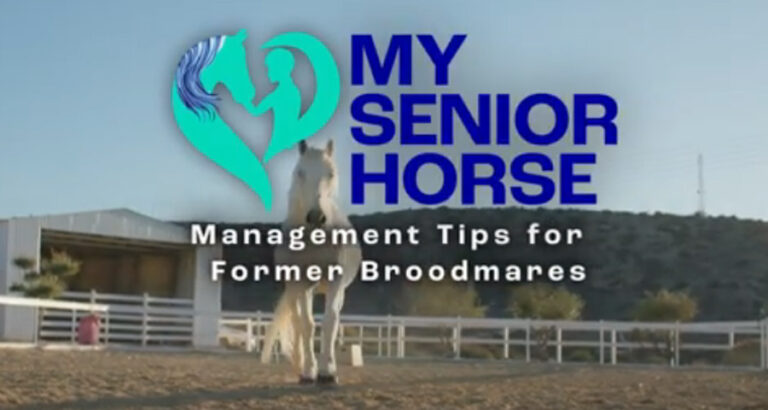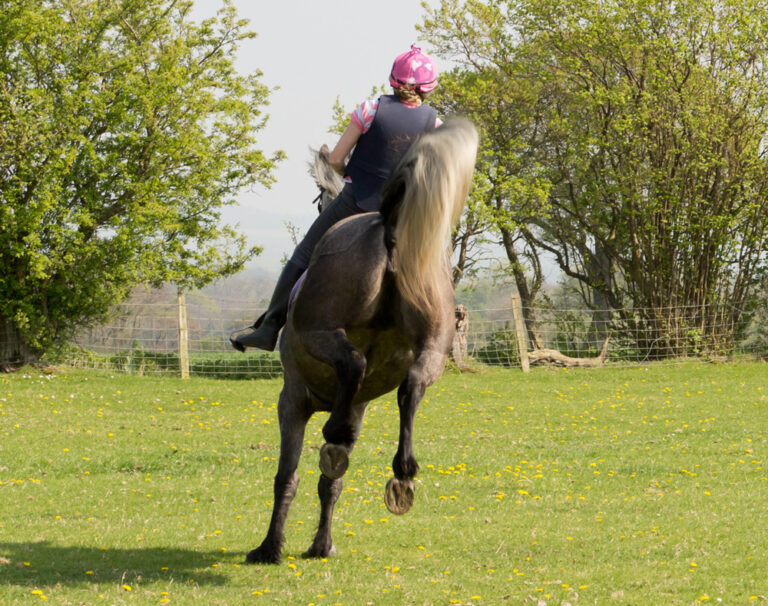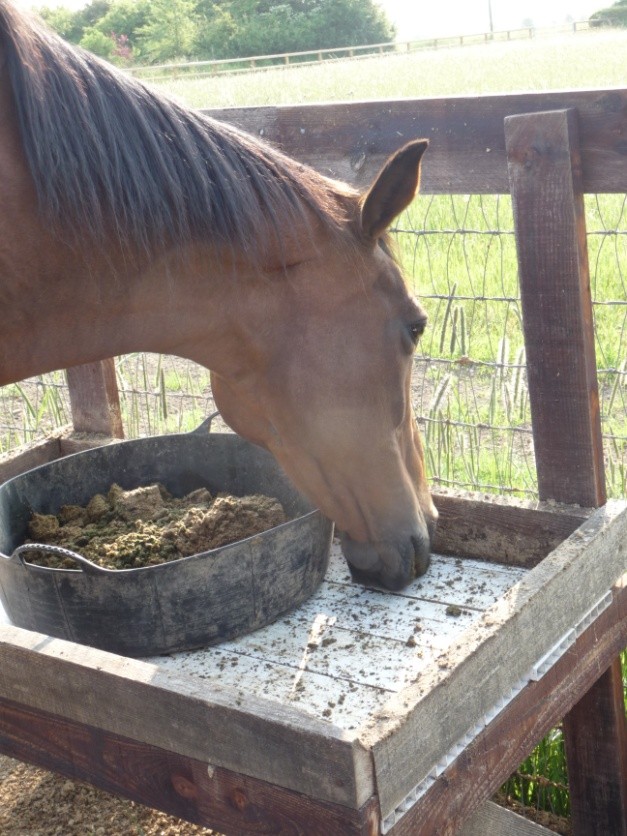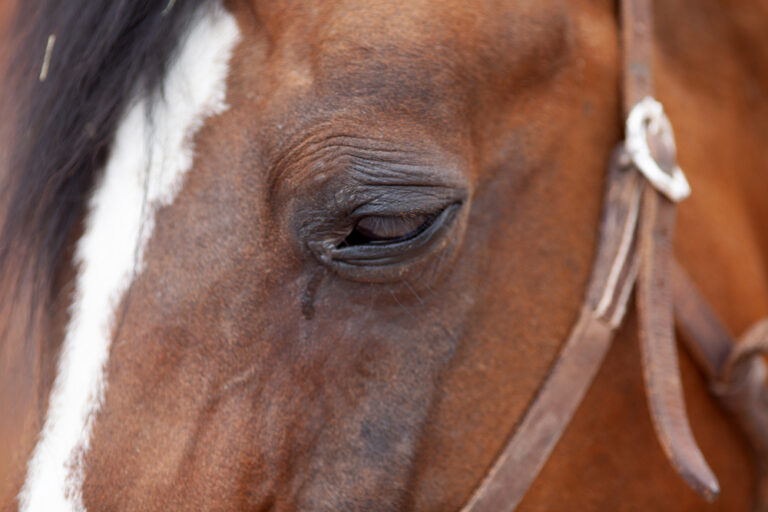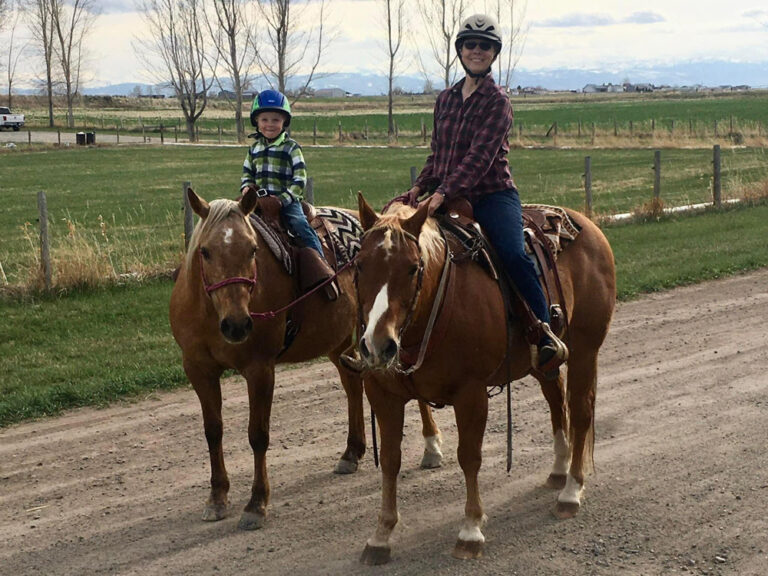United Kingdom researchers looked at a group of senior equids for eye issues for a research study1. The equids included 50 horses, ponies, and donkeys aged 15-33 years. The Horse Trust Charity housed the equids used in this study. Each underwent a full eye examination, including slit lamp biomicroscopy and indirect ophthalmoscopy.
The Study
Researchers said they aimed to “perform a study led by board-certified veterinary ophthalmologists using a complete ophthalmic examination.” (This meant including slit-lamp biomicroscopy and indirect ophthalmoscopy.) They wanted to investigate the prevalence of ophthalmic lesions in geriatric equids in the United Kingdom.
They found a “high prevalence and wide range of ocular lesions in this subset of geriatric equids.”
Findings
84% of equids examined had abnormal ocular findings in one eye. 60% had abnormalities in both eyes. 52% had cataracts present.
The ocular fundus is at the back of the eye. The fundus can only be viewed using instruments such as an ophthalmoscope (see photo above). The fundus comprises the retina (the light detecting cells that allow animals to see), the supporting blood supply (known as the choroid), and the optic disk (a white circular area where the optic nerve enters the back of the eye).
In this research, fundic pathology was common. 42.0% of horses had some form of fundic issues in one or both eyes.
All forms of fundic pathology appeared inactive (i.e., no evidence of associated oedema or exudation, cellular infiltrate, or hemorrhage), according to the researchers.
The most frequent fundic abnormality seen was senile retinopathy. This eye issue if associated with older age. Senile retinopathy is a common retinal condition in older horses. Previous studies have shown a prevalence of 33%–42% in geriatric populations. It can cause histological changes that might lead to visual deficits, especially in poor light.
Iris issues in four horses (8%) could be considered consistent with uveitis (moon blindness).
Final Words
In the conclusion of the study, the researchers noted, “This study suggests that geriatric equids in the United Kingdom have a higher prevalence of true ocular pathology than previously reported. However, the pathologies observed in this study did not appear to be interfering with the quality of life of the animals examined.”
The researchers said the association between the presence of corneal lesions and visual deficits reported by the group’s staff was an interesting finding. That finding warrants further investigation, they said.
“Regular ophthalmic examination of the older equid, ideally utilising the techniques described in this study, is advised to assess for any lesions that may affect vision and therefore welfare, and performance,” they said.
Reference
- Ocular findings in a population of geriatric equids in the United Kingdom. 2023. Ria Chalder, Nicola Housby-Skeggs, Claire Clark, Danica Pollard, Claudia Hartley, Benjamin Blacklock. Equine Veterinary Journal. Open Access
Further Reading
How to Medicate a Horse’s Eye Video. Dr. Christine Johnson. MySeniorHorse.com
-
Kimberly S. Brown is an award-winning writer and publisher. She is the Editorial Director for My Senior Horse. Brown spent 10 years at Equine Network, parent company of My Senior Horse. Prior to that she worked for three years in equine nutrition after she retired from nearly 30 years working at The Blood-Horse. Brown spent the last 15 years of her time at that organization creating and developing The Horse and TheHorse.com.View all posts


